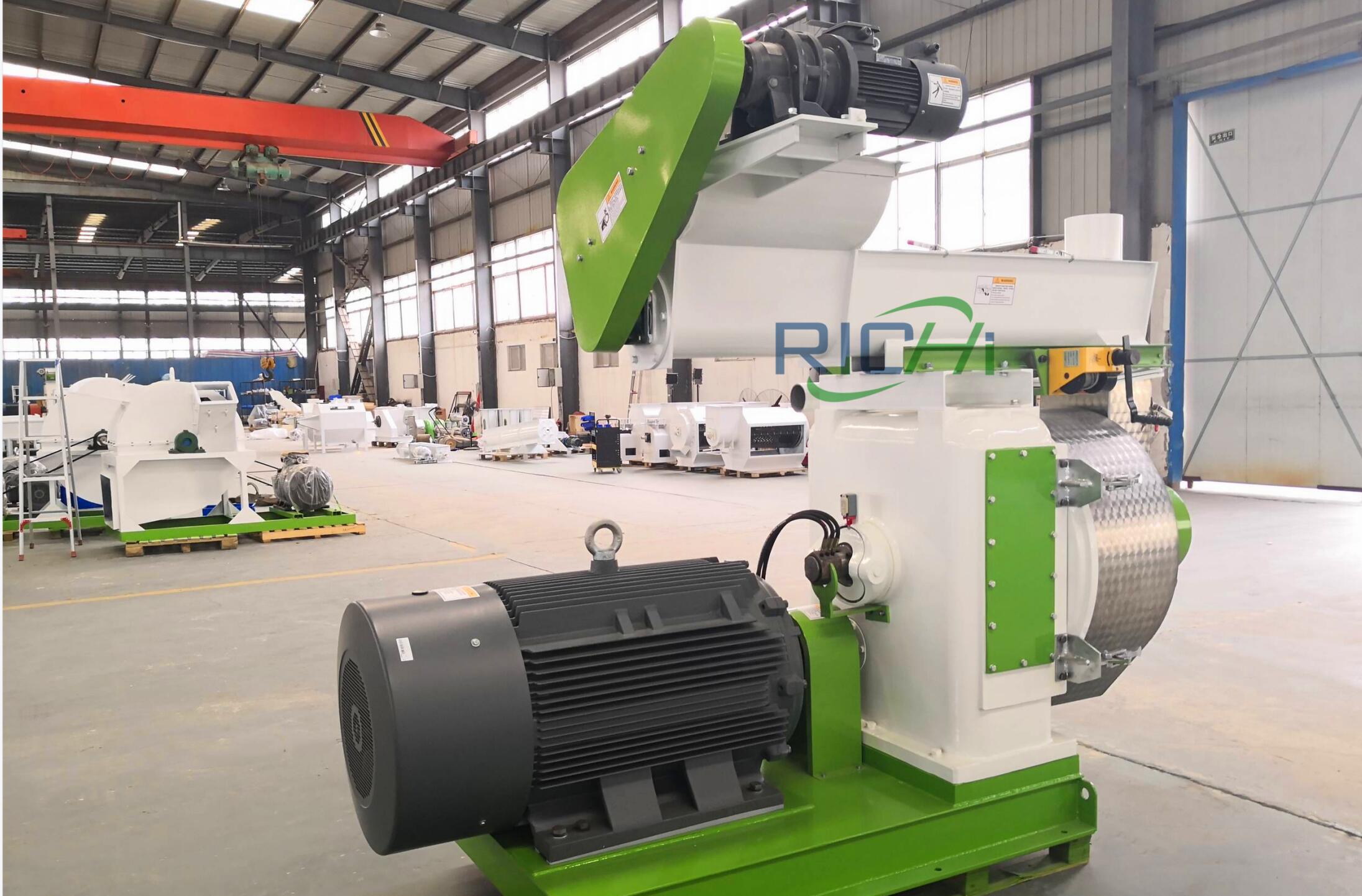Sawdust pellets from waste timber
Contents |
[edit] Timber waste to pellet machines
There is a variety of sources of waste timber, such as leftovers from furnishings factories, timber boards after packaging, timber branches from handicrafts, wood from building sites, and so on. Waste timber can be seen everywhere and it is inefficient to directly throw it away or burn it openly, it can better utilised by processing into sawdust pellets.
The pellets processed by by sawdust pellet machinery are primarily used in boilers, home heating and also fireplaces as an alternative to coal. Sawdust pellet makers can process not just wood scraps, but also sorghum stalks, corn stalks, cotton stalks, wheat or straw stalks, branches, etc, all of which are a form of renewable bio-energy.
[edit] Biomass and boilers
Sawdust pellet machinery has generated a lot of interest and thus sawdust pellet machineries have received comprehensive focus and promotion. Sawdust pellets can be made from timber chips, peanut husks, rice husks, straws, cottonseed husks, etc.
Biomass power pellets have good burning capability and high calorific value after carbonisation. In comparison with coal-fired products, the purity of biomass power pellets is often higher, typically not having other pollutants, including pollutants such as carbon gangue and stones. Compared with coal, pellet burning is also cleaner, and more convenient and automated, which can free workforce as well as boosting performance. After the biomass energy pellets are used, the ash created is of goof quality and can be reused as potash fertilizer.
[edit] Advances in sawdust pellet equipment
With the changing nature of fuels as well as restrictions on air pollution and carbon emissions in aiming to the future, the sawdust pellet machinery market is increasingly a good option. Whether straw or waste, these machines can be used to realise the potential in reuse of resources.
[edit] Capital cost
Investment in sawdust pellet machine devices is significant. Investment in light equipment generally requires 10000-100000USD plus fabrication and also basic materials. Therefore, sufficient research prior to investment is required.
[edit] Security of supply
As the range of applications for these machines is wide with all sorts of timber chips, sawdust, scraps, plant straw able to be used, supply issues are reduced. It is worth noting however that different material inputs will give different outputs, for example the calorific worth of straw is low and less dense so the rate of the pellets will be reduced. On the other hand timber is a good source and sawdust pellet equipment can usually generate about 10 lots of pellets a day.
Featured articles and news
The Buildings of the Malting Industry. Book review.
Conserving places with climate resilience in mind.
Combating burnout.
The 5 elements of seiri, seiton, seiso, seiketsu and shitsuke.
Shading for housing, a design guide
A look back at embedding a new culture of shading.
The Architectural Technology Awards
The AT Awards 2025 are open for entries!
ECA Blueprint for Electrification
The 'mosaic of interconnected challenges' and how to deliver the UK’s Transition to Clean Power.
Grenfell Tower Principal Contractor Award notice
Tower repair and maintenance contractor announced as demolition contractor.
Passivhaus social homes benefit from heat pump service
Sixteen new homes designed and built to achieve Passivhaus constructed in Dumfries & Galloway.
CABE Publishes Results of 2025 Building Control Survey
Concern over lack of understanding of how roles have changed since the introduction of the BSA 2022.
British Architectural Sculpture 1851-1951
A rich heritage of decorative and figurative sculpture. Book review.
A programme to tackle the lack of diversity.
Independent Building Control review panel
Five members of the newly established, Grenfell Tower Inquiry recommended, panel appointed.
Welsh Recharging Electrical Skills Charter progresses
ECA progressing on the ‘asks’ of the Recharging Electrical Skills Charter at the Senedd in Wales.





















